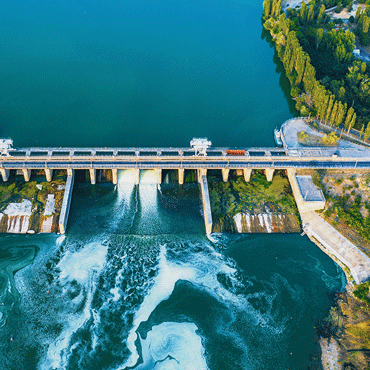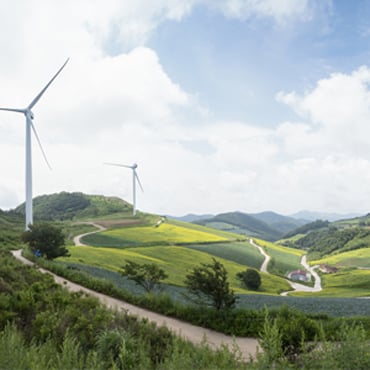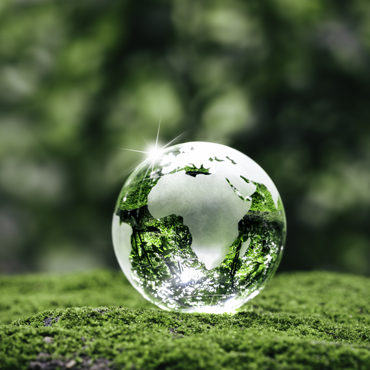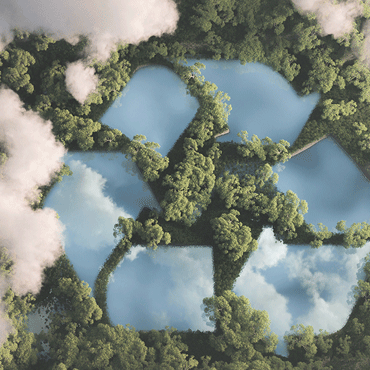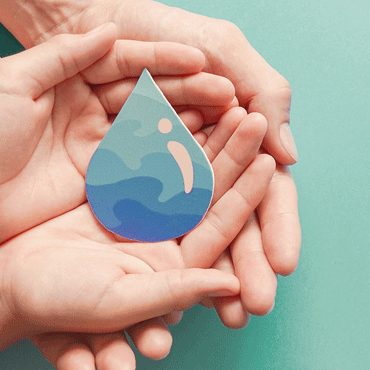Prysmian's goal is to exceed customer expectations and meet commitments to its stakeholders, who are people, partners, suppliers and shareholders, while strengthening its position as a solid market leader.
The management systems in all of Prysmian's production sites are ISO 9001 certified, demonstrating the Group's commitment regarding Quality Management System performance and continuous improvement of its processes. On an annual basis, certification verification audits are conducted by an external agency covering the company's major processes including: performance analysis, risk management, purchasing, planning, design and sales.
At the end of 2023, the percentage of ISO14001-certified plants, concerning Environmental Management Systems, is 98%, while the ISO45001-certified ones, concerning Health and Safety Management Systems, is 75%. Various types of organizational unit within the Group have also been certified, such as R&D, installation activities, and assembly and distribution centers, adding up to 6 ISO 14001 certificates and 6 ISO 45001 certificates.
By the end of 2024, a centralized HSEE management system, which integrates energy according to the requirements of the ISO 50001 Standard, will be adopted by all Group operating units.
The Group's Quality, Health, Safety and Environmental rules and methodologies aim to ensure that all activities comply with customer requirements, technical standards, applicable laws and regulations, and internal company standards. Indeed, Prysmian is committed to promoting a business model that integrates economic, social and environmental responsibility in all its aspects and activities.



